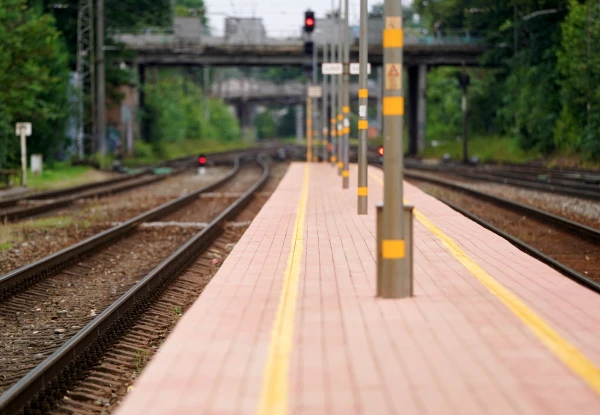
It has been less than three weeks since the tragedy in Imanta, when two 13-year-old girls died while crossing the railway tracks on an electric bicycle. The memory of society is short - news headlines have already shifted to the drama of the killing of dogs in the Bauska region and the search for those responsible.
The story of the dogs in Brunava and the tragedy in Imanta vividly demonstrate the double standards of society: in one case, all the blame is placed on the children - they were driving, they didn't see - but the shortcomings of the infrastructure are overlooked; in another, absolute empathy is demanded, without allowing for discussion of the owner's responsibility. The truth, as always, lies somewhere in the middle. In the case of the tragedy in Imanta, experts emphasize that in the future, significant attention should be paid to improving infrastructure.
"We often get lost in our thoughts. Headphones, phone, stress, fatigue. If there is no barrier ahead, a person will automatically cross the tracks," says Evelina Budilovicha, a transport and mobility researcher at the Institute of Transport and Communications. "We must accept that a person can make a mistake. The question is whether the system will protect them?" This approach is known worldwide as "Vision Zero" - its goal is for road infrastructure to be so safe that even human error does not lead to death.
"All the cars were stopped. Only pedestrians could walk, and nothing was preventing the scooter either. The accident occurred because two trains were moving in opposite directions at the same time. A person notices the first one but does not expect the second to appear. This makes such a crossing particularly dangerous," says Budilovicha.
"We are not used to trains moving in multiple directions simultaneously - the intensity of traffic here is not as high as, for example, in Germany or the Netherlands. Therefore, attention is often focused only on one track. To reduce such risks, physical barriers are created in other countries - fences, mazes, tunnels, or retractable barriers for pedestrians. This significantly complicates rule violations, making them less common. However, this immediately raises the question of mobility - how convenient is it to live with such barriers in everyday life?" says the expert.

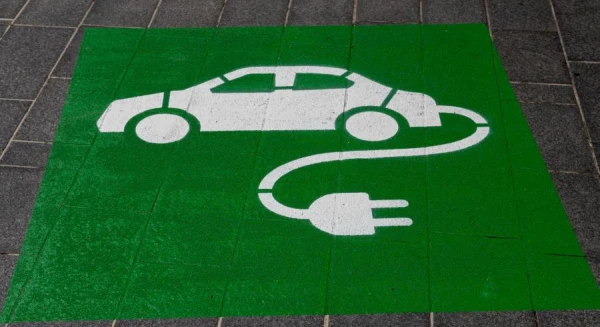
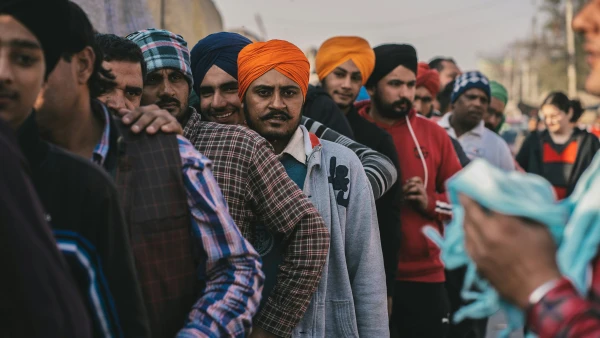

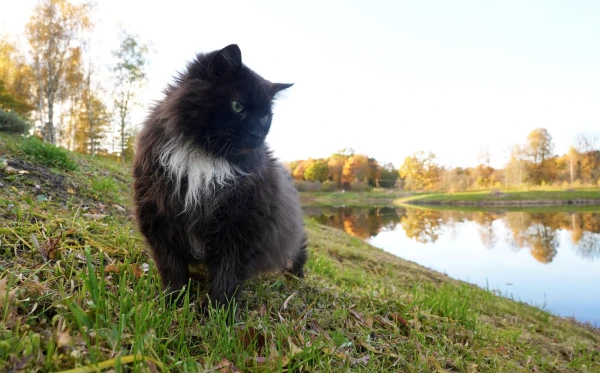

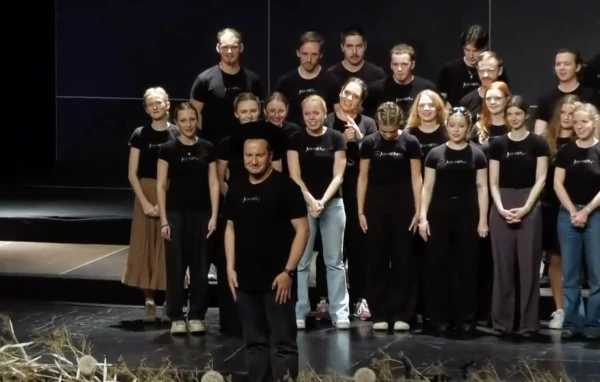







Leave a comment